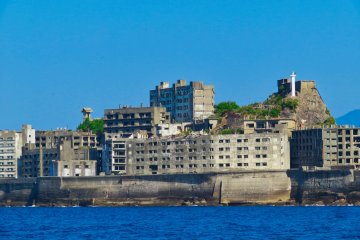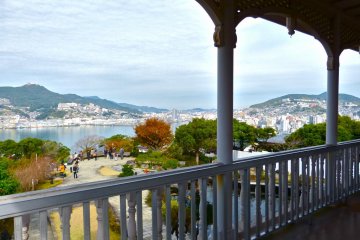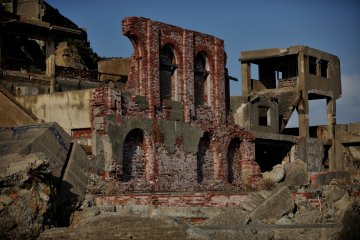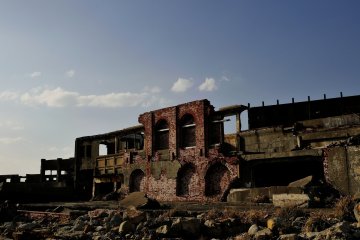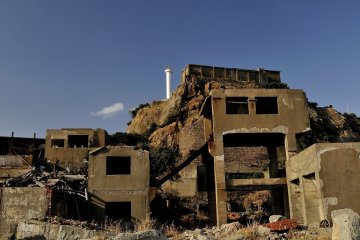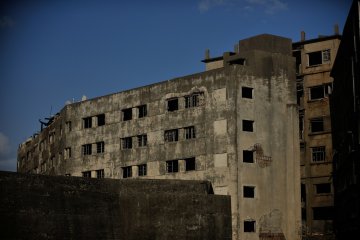In the last story of this series on Gunkanjima, which I visited on New Year's Day this year, I will focus on the island's history.
Coal was first discovered on this island in 1810. As coal output increased, the population on the island also did, and the first concrete high-rise apartment buildings were built on the island. At its peak, about 5,300 residences lived here, and the population density on the island became nine times as high as in Tokyo. When demand shifted from coal to oil, the coal output diminished, decreasing the population on the island as well. Thus, the coal mines here were closed in 1974, and Gunkanjima was deserted.
The view of the island, on which many high-rise concrete apartment buildings still stand, resembles the Japanese battleship 'Tosa', which earns the island the nickname, 'Gunkanjima, Battleship Island'.
Here, I can trace the footsteps of Japan's industrial revolution.
Undersea Coal Mine Island, 'Gunkanjima' 1. Gunkanjima Perspective - No. 1 2. Ruins on Gunkanjima - No. 2 3. Gunkanjima: Undersea Entrance - No. 3




